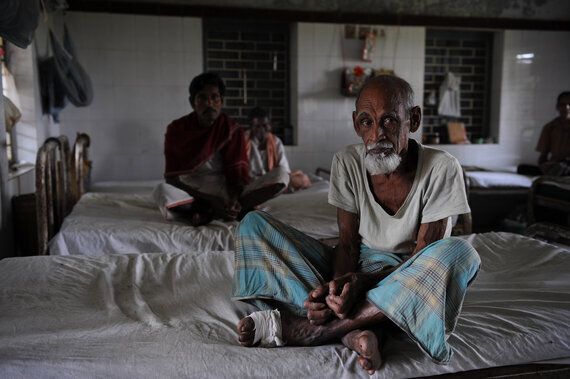
As the name suggests, neglected tropical diseases (NTDs) affect the poorest of the poor in the developing world and low income communities overseas. They are caused by parasitic and bacterial infections and historically, they have not received the same attention as other diseases - even when they are fatal.
Recently, NTDs have risen to the forefront of UK news after the government pledge to double funding to £360 million to work towards eradicating these diseases. This announcement was perfectly aligned with the NTD Summit in Geneva, where doctors, donors, pharmaceutical companies and NGOs gathered to celebrate the achievements that have been made so far.
The recognition of the collaborative effort to eradicate NTDs is a positive step towards improving global health and living standards. However, at present, the number of people who still require treatment for NTDs stands at 1.7 billion - and that's just the cases recorded. It is hoped that this number is expected to fall to 170 million by 2030, however, this emphasises just how important it is to maintain momentum to meet this goal. This is especially the case regarding leprosy.
Leprosy is one of the oldest neglected diseases causing numbness, skin lesions and potentially disfiguring injuries and serious disability if left untreated. Despite this, one of the biggest challenges we face is the lack of awareness of the symptoms - even within the medical community. Although leprosy is completely curable, a lack of understanding of the symptoms and the stigma which accompanies the disease prevents many people from seeking or receiving treatment.
The premature announcement of the "elimination of leprosy as a public health problem" in 2000, seemingly arbitrarily defined as
